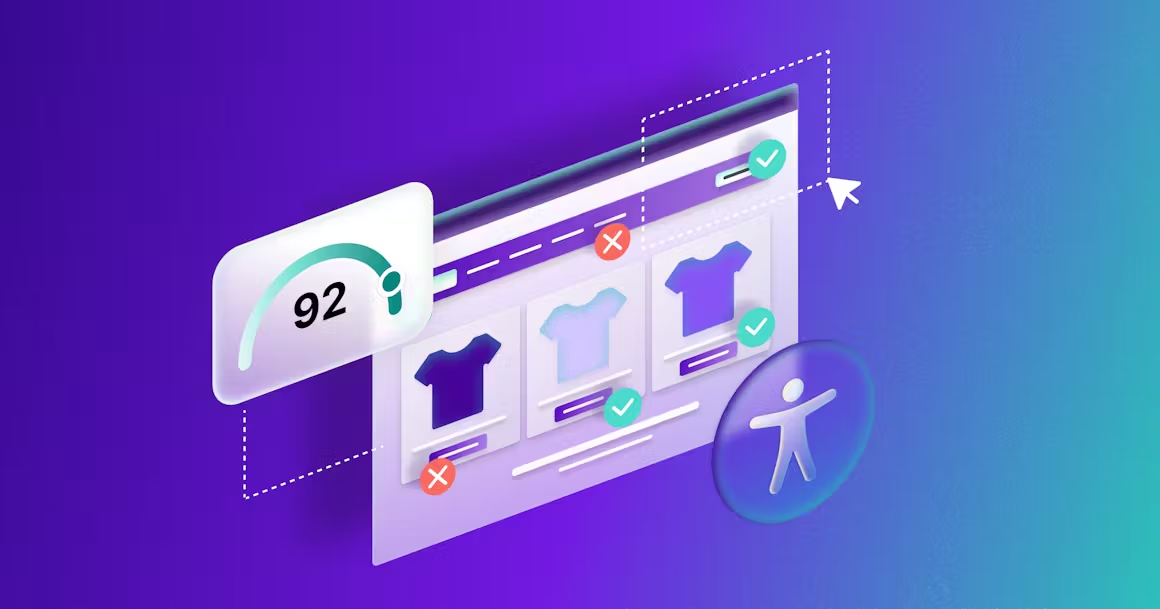In today’s digital age, accessibility is not just a legal requirement but also a critical factor for ensuring inclusivity and reaching a broader audience. For eCommerce businesses, especially those using platforms like Shopify, ensuring ADA compliance (Americans with Disabilities Act) is not only necessary for avoiding legal issues but also enhances user experience and can potentially boost sales. This comprehensive guide will walk you through the steps to make your Shopify store ADA compliant, thereby fostering eCommerce success.
Understanding ADA Compliance
The Americans with Disabilities Act (ADA) was enacted to ensure equal access and opportunity for people with disabilities. While originally focused on physical spaces, its scope has extended to digital platforms, including websites and eCommerce stores. ADA compliance in the digital realm means ensuring that individuals with disabilities can perceive, understand, navigate, and interact with your online content effectively.
Why ADA Compliance Matters for Shopify Stores
- Legal Requirements: Non-compliance can lead to legal actions and lawsuits, which have become increasingly common in recent years.
- User Experience: Accessibility improvements often benefit all users, leading to better engagement, increased customer satisfaction, and potentially higher conversion rates.
- Reputation and Brand Image: Demonstrating commitment to inclusivity can enhance your brand’s reputation and attract a broader customer base.
Steps to Make Your Shopify Store ADA Compliant
1. Evaluate Your Current Accessibility Status
- Accessibility Audit: Use tools like WAVE or Axe to perform an accessibility audit of your Shopify store. Identify areas that need improvement.
- User Testing: Involve users with disabilities to test your website and provide feedback on their user experience.
2. Optimize Design and Navigation
- Color and Contrast: Ensure sufficient color contrast between text and background elements to aid readability.
- Navigation: Make sure your website can be navigated using only a keyboard. Ensure logical order of content for screen readers.
- Fonts and Text: Use clear fonts and provide options to resize text without breaking the layout.
3. Enhance Multimedia Accessibility
- Alt Text: Add descriptive alt text to all images and non-text content to provide context for screen readers.
- Captions and Transcripts: Include captions for videos and provide transcripts for audio content.
4. Improve Forms and Interactive Elements
- Label Form Fields: Clearly label form fields and provide instructions for completing them.
- Error Handling: Ensure error messages are descriptive and accessible to assist users in completing forms.
5. Make Content Understandable
- Plain Language: Use clear and simple language to enhance comprehension.
- Accessible Documents: Provide accessible formats (e.g., PDFs) or alternatives for downloadable content.
6. Implement Accessibility Apps and Tools
- Shopify Accessibility Apps: Explore Shopify apps specifically designed to improve accessibility, such as accessibility overlays and widgets.
7. Stay Updated and Educate Your Team
- Regular Audits: Conduct regular accessibility audits and keep your Shopify store updated with best practices.
- Training: Educate your team on accessibility guidelines and best practices to maintain compliance.
Conclusion
Achieving ADA compliance for your Shopify store is not just about meeting legal requirements but also about creating an inclusive environment that benefits all users. By following the steps outlined in this guide, you can enhance the accessibility of your eCommerce platform, improve user experience, and potentially increase your market reach and sales. Embracing accessibility isn’t just a legal necessity—it’s a step towards eCommerce success in an increasingly diverse and digital world.
By prioritizing ADA compliance, you’re not only ensuring legal safety but also paving the way for a more inclusive and successful eCommerce journey on Shopify.
